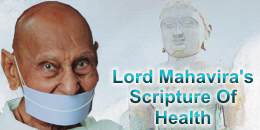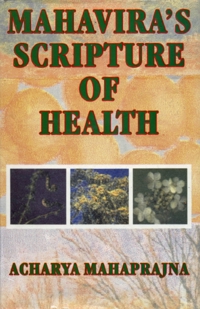
Hridaya Roga - Karana and Nivarana
The practice of kayotsarga frees us from many problems. Kayotsarga means relaxation of the body. It also enhances one's alertness. It leads to proper blood circulation. The meaning of kayotsarga in the bedavijanana [Technique of distinguishing], which distinguishes the body from the soul, implies abandoning attachment. It is attachment, which causes tension. The first stage of tension is the feeling of regarding something as one's own, which, in other words, is attachment. When a person regards any particular object as his own, even if it is a dress, which has hardly any value, it would create tension in him if someone causes any harm. But if he does not have such a feeling about it, he would feel no tension even if someone takes away that dress. If we analyse the situations that cause tension, we would come to the conclusion that most often the beginning of tension lies in the sense of possession. Kayotsarga is the way toabandon that sense of possession. One of its formulas is not to have attachment for one's own body. The body would function well if you are not attached to it. But if you have attachment for the body, it would start creating the tension. That tension would weaken the heart and lead to many diseases. It is said out of experience that kayotsarga is the best remedy for the heart disease. Whenever anyone has the problem of the heart disease, the doctor advises bed-rest, complete rest. The best way to have bed-rest is practising kayotsarga, and reducing one's activities to the minimum. In that condition, less oxygen would be used and the body would automatically start functioning properly. Our power of resistance against the diseases would grow and the immunity system and the prana would become more active.
 Acharya Mahaprajna
Acharya Mahaprajna

